#anatomy & physiology
Text

Human brain. First book in physiology. 1883.
Internet Archive
665 notes
·
View notes
Note
So I was wondering for a long time what would canonically happen if a human stayed inside a Cybertronian while they transformed. I came across two pages in IDW comics that mostly answered my question:
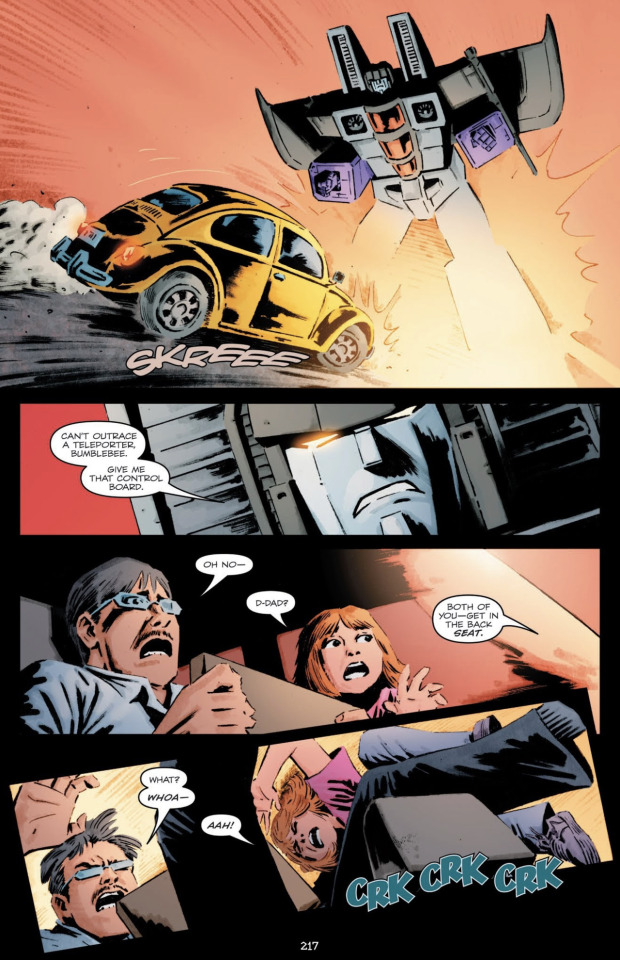
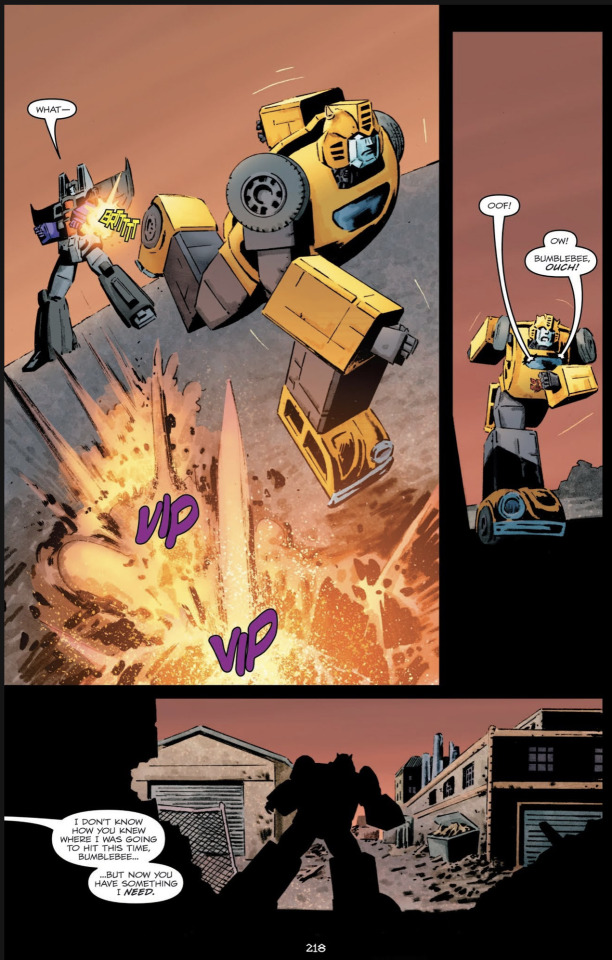
However, would this apply to all other Transformers or does it only apply to those with the same body type as Bumblebee or only Bumblebee? Does the alt mode have anything to do with this? Would the transforming noise be louder or muffled from the inside?
It definitely depends on the bot’s body type and alt mode. It probably depends on the show and continuity too.
Prime
In the second episode of Prime, Miko forgets to grab her guitar before hopping out of Bulkhead. It ends up somewhere in his “subspace”:
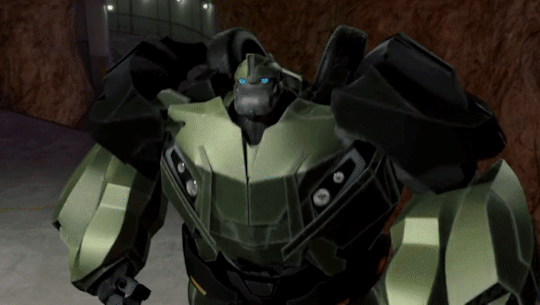
Notice how she says “back seat.”
In the IDW panels you sent, Bumblebee shifts his passengers to his back seat before transforming.
This tells me that, when a Cybertronian with a car mode is transforming from alt mode to root mode, people and items are probably safer and/or more comfortable if they’re in the back seat.
A couple of episodes later, it’s discovered that Miko tagged along without Bulkhead realizing it. Twice:

In the moments leading up to this part, Bulkhead is seen launching from the ground in alt mode and transforming to his root mode midair to grab onto a rocky cliff side. Miko was inside the entire time and survived, although she definitely suffered for it.
What about root mode to alt mode transformation? What would happen then?
Well, in season 3, Miko does what she does and ends up inside of Wheeljack’s subspace:

It’s never shown whether WJ first transformed to alt mode to let her hop in or if he just opened up his chest and dropped her in. My guess is the latter since, on the way out of the hangar to the ship, Magnus and Bulkhead weren’t far ahead of him when she asked if she could come. They probably would have noticed him switch to his alt mode, which neither Wheeljack nor Miko wanted.
The thing is, did he think before dropping Miko inside?
I doubt that he did, but these are the questions I would have:
Since combat might require split-second transformation, did he drop her in knowing she would survive an emergency transformation to his alt mode? (Unknown)
Did he tell her in which part of his subspace she’d be most comfortable in case he had to transform to his alt mode? (Probably not)
Was his plan to let her out in Magnus’ ship before going outside? (Maybe)
So, in TFP, The safety and comfort of a human inside a bot going from car mode to root mode is unknown.
Unfortunately, I have nothing I can go off of for fliers.
Rescue Bots

Several times throughout the series, the human members of the rescue team ride inside their partners’ chests when they switch to and from their alt modes. It’s safe and comfortable. They even get nice seats. lol
Barring the fact that this is a kids show which requires this feature, I wonder if the bots were able to choose this for their human partners or if they just made sure to scan alt modes with that particular type of subspace.
It would definitely be interesting to know if Cybertronians have the ability to choose which insides and kibble go where when first scanning an alt mode…
Anyway—
Rise of the Beasts + Bayverse films
RotB gave us a golden glimpse of Cybertronian transformation abilities.
Behold…one of my favorite parts of the movie:
Originally, I was going to use the AoE clip of Optimus scanning his new alt mode and transforming around his human passengers, but this clip works better. It’s an excellent display of what a Cybertronian body is capable of.
With more than a handful of distinct alt modes, Mirage appears to be a special case. I mean, the guy can literally separate pieces of his body to give to others and become an armored suit for a human.
Can all Cybertronians do that? I have no idea. When’s it my turn to be lovingly wrapped in living metal armor? Hm?
Looking at both AoE and RotB, Cybertronians appear to have the ability to move individual parts (within limits).
It would make sense if all bots could at least do what Mirage does in the above clip, if nothing more than that.
This is incredibly useful when transforming with human passengers.
Now, to answer your last question (finally):
The noise level inside a bot during transformation would depend on which parts are being moved and how much shifting is taking place. Cosmetic shifts would be muffled since they’re happening outside, but if parts surrounding the human(s) are being shifted, it’s going to be loud and clear to the passenger(s).
Movies are almost never a good way of determining realistic noise levels, but in the clip with Mirage and Noah, things don’t sound muffled at all.
#sorry this took so long!#I have been…occupied#cybertronian anatomy#cybertronian physiology#transformers prime#tfp#rescue bots#rise of the beasts#rotb#nova’s nerding out again#gifs by nova#long post
491 notes
·
View notes
Text

this is so deeply unsettling
128 notes
·
View notes
Text
About the Infant Skull in the Belmont Hold
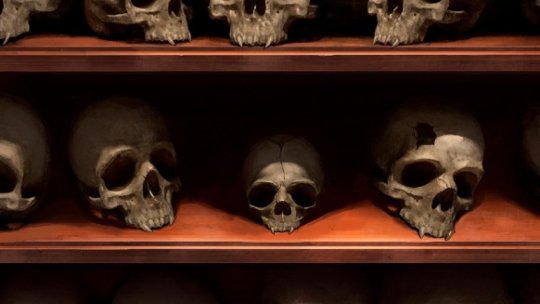
Trigger Warning: Sensitive topics below.
In a post I made last year, I pointed out the small skull in this display is case belongs to a baby.
The 'crack' down the center of the forehead is a frontal suture which closes between the ages of three to nine months, and to showcase the fact it's not just a cracked bone, the animators included a fontanelle between the bony plates of the skull, which closes before the age of two.
There is the skull of an infant in the Belmont Hold.
So what's the story here?
Theory 1: The Skull is a Vampire
This could have been a human baby that was turned by a vampire for whatever reason. Maybe this was some vampire's twisted idea of a pet. Maybe it was a horrifying, psychological trauma where a human woman lost her baby and after becoming a vampire, turned an infant into a vampire so as to never experience that pain again whilst tragically blind to the fact an immortal infant would never grow up.
If either of these were the case, whichever Belmont found this child could have viewed his or her death as a mercy. Since the baby would be immortal, it would be impractical to keep it alive forever, not to mention almost cruel because what kind of life is that? And it would be equally inhumane to leave the vampire to starve to death, so the options are limited.
The skull was brought home not as a trophy but as a specimen to study and serve as a grim reminder of a harsh reality.
...
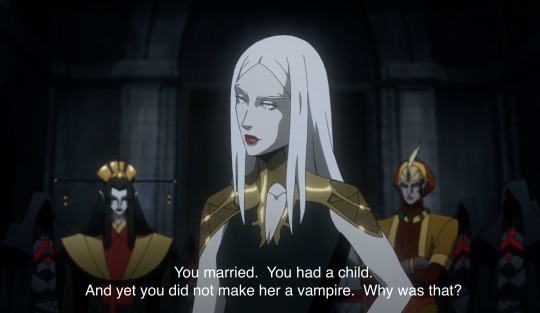
Theory 2: The Skull is a Dhampir
Carmilla's above comment gives me the vague impression that it's not unheard of for a vampire to have a child with a human and then turn the human into a vampire, creating a family unit. (Just the way she says it. Like the unspoken line was, "You married a human, you succeeded in getting a child off her, so she was free to become a vampire after, no?" Turning Lisa after Adrian was born was the next natural step in her mind, so it baffles Carmilla why Dracula's wife remained human.) So maybe dhampirs are uncommon, but Alucard is far from the first one to ever exist.
So if the skull belonged to a dhampir like Alucard, this opens up another set of possibilities, but before I go into those, I want to address the Belmont Clan's potential view towards vampires and human-vampire hybrids. It's not clear if Alucard needs human blood to survive. He eats human food, but so do the vampires. Lenore comments they get their essential nutrients from blood, but whether or not this also pertains to dhampirs is up for debate. In the Gresit Underground Keep scene, it does look like he had some form of blood transfusion system possibly sustaining him, but this could arguably be a life and death situation. As in, he doesn't need blood to survive, but it can also save his life if need be.
There's also the possibility the blood-drinking is not the same across the board. (Say Alucard doesn't need blood to survive, but another dhampir was saddled with the shitty genetics that make blood a requirement.)
For the Belmonts, I can see dhampirs being a controversial subject.
From Leon to Trevor's time, there are four centuries and countless individuals with their own set of similar but unique values and opinions, so it would be understandable for various Belmonts to have points of contention as well as shifts in viewpoint down the generations as new information about the enemy comes to light. Some members might have the stance of, "Dhampirs do not need blood to survive, are not a threat to humanity, and therefore it is unnecessary to hunt and kill them," while others may have taken the more extreme stance of, "Dhampirs are unnatural creatures that do not belong in this world any more than vampires do." Without the precedent of Alucard and Trevor having a common enemy, there would be nothing to sway the entire family one way or the other.
So if this is the case, the skull could have come from a vampire family similar to Dracula, Lisa, and Alucard's, and that family could have been discovered by a Belmont who made the decision to eradicate the them, including the dhampir for whichever reason:
The existence of dhampirs hadn't been discovered/confirmed yet, so the infant was assumed to be a vampire and it was viewed as a mercy killing out of ignorance. (Remember, Trevor thought Alucard was a vampire when they first met, so there is no visual difference between the two species.)
Dhampirs are assumed by the Belmonts to need blood to survive and are therefore a predator to humans that needs to be put down, again out of ignorance or just plain malice.
This particular Belmont was a heartless psychopath who had no qualms killing an innocent baby just for existing.
...
Theory 3: It's a Dhampir and the Belmonts Have a Really Fucked Up History With Dhampirs
There is also the possibility the mother of the dhampir child was a human woman that was raped and impregnated by a vampire. (Surviving somehow...?) In this scenario, there is a woman terrified by the idea she is about to birth a monster and goes to the local vampire experts for help. The Belmonts take her in until she delivers this unwanted child and the fate of the baby dhampir is entirely in their hands, which brings us back to the mentioned controversy among the family members.
If the mother abandons her 'monster' child, the Belmonts are left which the choice, "Do we kill it before it grows up to kill someone or do we give it a chance and let it live?"
Another possibility is the dhampir was brought up within the household for the purposes of 'studying' or 'rehabilitating' its nature. Say the family discovers dhampirs don't need to subsist on human blood and are relieved. "Wonderful. Dhampirs can live as humans and there is no need to kill them." The dhampir grows up happily among his or her adopted human family.
But then there is a tragic accident where he or she doesn't know their own strength and fatally harms a family member. The Belmonts then make the decision: Lock them up or execute them as a monster.
Based on this precedent, the family then closes off the idea that dhampirs can live as normal humans forever and they subsequently commit infanticide against any future dhampir children that cross their path, a blanket decision based entirely on a one-time misfortune.
Theory 4: The Belmonts Were Not the Cause
This again calls into question how dhampir physiology works, but maybe the infant died of an illness of failure to thrive. Alucard is strong and healthy, but that may not be same for other dhampirs, especially ones that may have been rejected as a 'freak' by both humans and vampires. He had the advantage of having a loving family and a safe environment in which to grow up. Other dhampirs might not have had the same good fortune and their health suffered for it. (Or they got dealt a bad hand in the gene pool.)
As for how the skull wound up in the Hold, it could have been one of the 'weird stuff' the Belmonts found and brought back home with them.
This could also apply to a situation where a vampire killed a rival family and kept their skulls as trophies, and the collection simply wound up in the Belmonts' treasury after destroying said vampire.
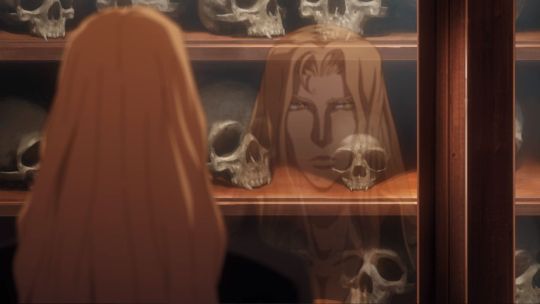
"It's like a museum dedicated to the extermination of my people, so no. Not thrilled."
Whatever the truth of the skull, I'm inclined to believe Theories 2 or 3 because this scene struck me as a very subtle nod to how no side in a war is completely innocent. On the one hand, vampires like Carmilla, Cho, Godbrand, etc. hunt and toy with humans for sport and view them as lesser beings, and so the Belmonts seeking to eliminate them would be an understandable measure to protect humanity.
On the other hand, the presence of the infant skull indicates a tragic and bloody history of poor choices, old prejudices, potential atrocities committed by the 'heroes,’ and generational trauma. A past history even Trevor isn't particularly proud of for all the pride he has in his lineage. It really showcases the line between man and monster and aligns with the recurrent theme of 'we can be better than this' that occurs throughout the series.

But let me know if you've got any theories/headcanons different from what I have listed above. I'd love to hear it. Crediting Theory 4 to @thetvpenigma. Thanks for your help!
#castlevania#alucard tepes#trevor belmont#vampire skulls#belmont hold#dhampir#questionable history#medieval prejudices#belmont family#castlevania netflix#vampire hunters#skull anatomy#dhampir physiology#speculation#castlevania headcanons#httyd
237 notes
·
View notes
Text
I don't know if I've ever told yall, but I'm a huge anatomy and physiology nerd, and I just remembered something. I'm sorry to the Ghosties out there for it.
So, there's this thing called the Blood Brain Barrier (BBB for short), basically, its function is to keep unwanted things in the blood out of the brain!
Ghosties, this is the part I'm sorry about, but some of the symptoms of a weak BBB can include brain fog, difficulty concentrating, headaches that grow in severity, and memory loss. Sound familiar?
That head wound has wrecked Badboyhalo's Blood Brain Barrier.
#qsmp#qsmp analysis#qsmp badboyhalo#im sorry ghosties <3#i had to share my anatomy and physiology knowledge :D
140 notes
·
View notes
Text
Deliberate Mistakes in OFMD
so…I’m a recent graduate of a massage therapy program. I’m reviewing material for my Mblex exam, and I came to a realization about something…
you know how Blackbeard prompts Stede to stab him in the lower left? And he claims there are no important bits there. 😂
Stede thinks the liver is there.
well, they’re both idiots,
the liver is in the upper right quadrant of the abdomen.
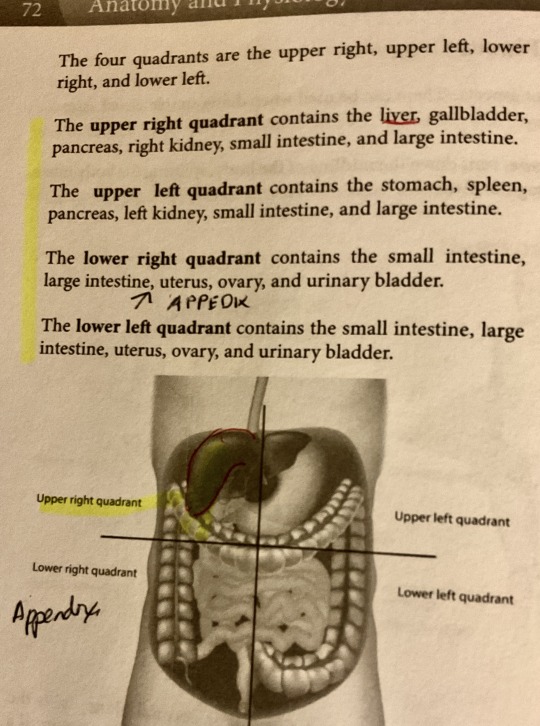
Now, gut stabbing is never good. Puncture your digestive tract, colon or small intestine, you’re in a world of hurt. Plus, back then, they had infections which is how they likely died.
bonus…
when Nick Krall’s pompous character says he wants thornrose (Stede) to “palpitate” his wife, he’s using an incorrect term. The correct word for manually exploring someone’s anatomy with your hands is PALPATE. Palpitation “makes you feel like your heart is beating too fast.”
Yeah, I’m a pedantic biatch, but I love this stuff, because it clearly deliberate! 🤓🤓🤓
#ofmd#our flag means death#rhys darby#stede bonnet#ofmd s1#dumbasses in love#anatomy and physiology#deliberate mistakes#Brilliant writing#renew as a crew#gentlebeard#renew our flag means death#renew OFMD#be a lighthouse#hoist the ads#save OFMD#adopt our crew#save our flag means death
58 notes
·
View notes
Text


Learnt about Blood Clotting pathway and made a delightful cup of coffee! How has your day been?
🎧 : All These Things That I’ve Done, The Killers
#original#studyblr#anatomy and physiology#heydilli#heygather#adelinestudiess#chazzastudiesalevels#heysaher#stem academia#heypeachblossom#problematicprocrastinator#coffee#indian studyblr#durhamstudies#hiyatranquil#meestudies#myhoneststudyblr#biochemistry#study motivation#100 dop#productivity#uniblr#heycoral#heyzainab#heyfio#saxeing
190 notes
·
View notes
Text



Human Anatomy and Physiology, A Movable Atlas
Gustave-Joseph Witkowski, c. 1880
#art#science#medicine#anatomy#witkowski#gustave joseph witkowski#1880s#skeleton#human anatomy and physiology#medical science#the body#illustration#vintage
53 notes
·
View notes
Text

You can do it Wheezy!
#star wars#fanart#darth maul#star wars fanart#darth vader#artists on tumblr#crack art#vader and maul#stupid maul and vader interactions my beloved#look at my lung anatomy I’m so proud even if I still hate anatomy and physiology
132 notes
·
View notes
Text
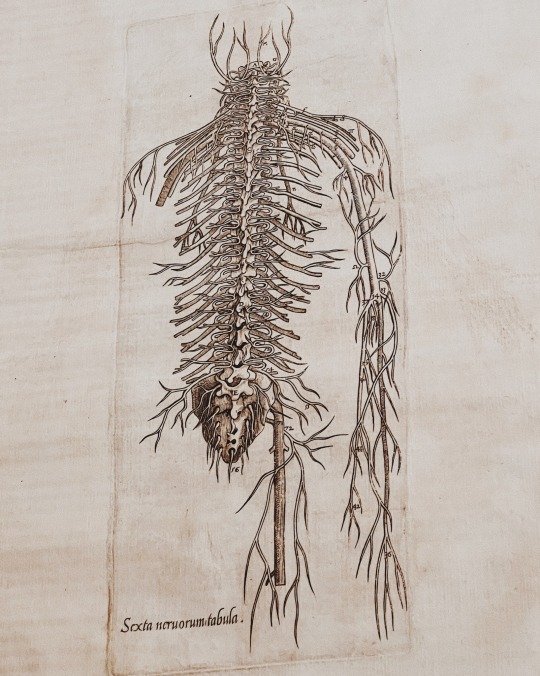

nervous // rare books at the NYPL xx
#old books#rare books#anatomy#anatomical illustration#scientific illustration#nervous system#biology#physiology#nypl#new york public library#my photos#dark academia#dark academia aesthetic#science#science history#mine#queue
204 notes
·
View notes
Text

"The vital system." Hints toward physical perfection. 1859.
Internet Archive
#anatomy#internal organs#red#female body#heart#lungs#intestines#stomach#physiology#nemfrog#1859#19th century
464 notes
·
View notes
Text
a collection of whiteboard vandalism at, from most recent to oldest
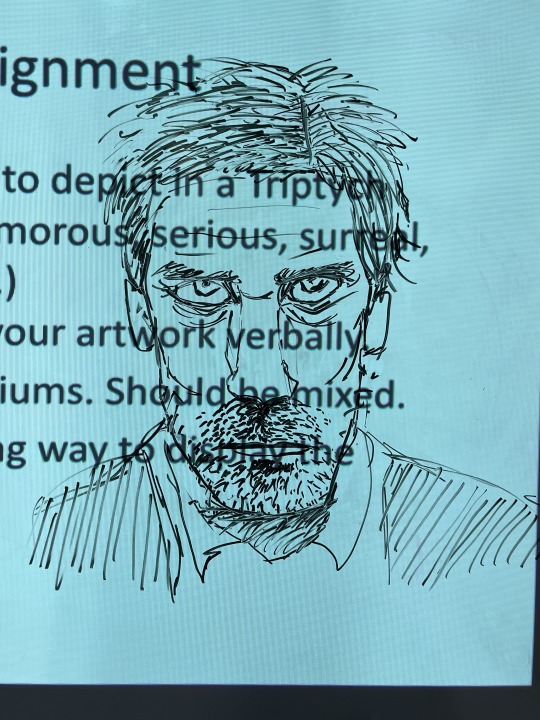


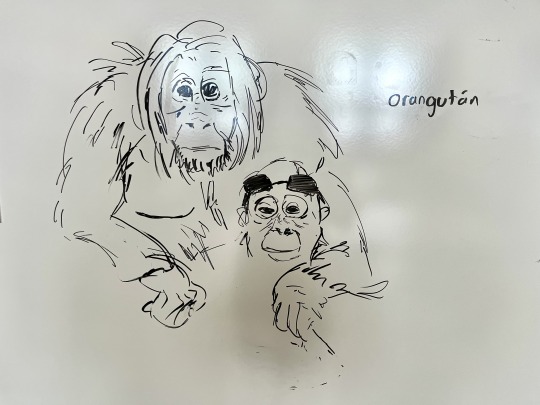
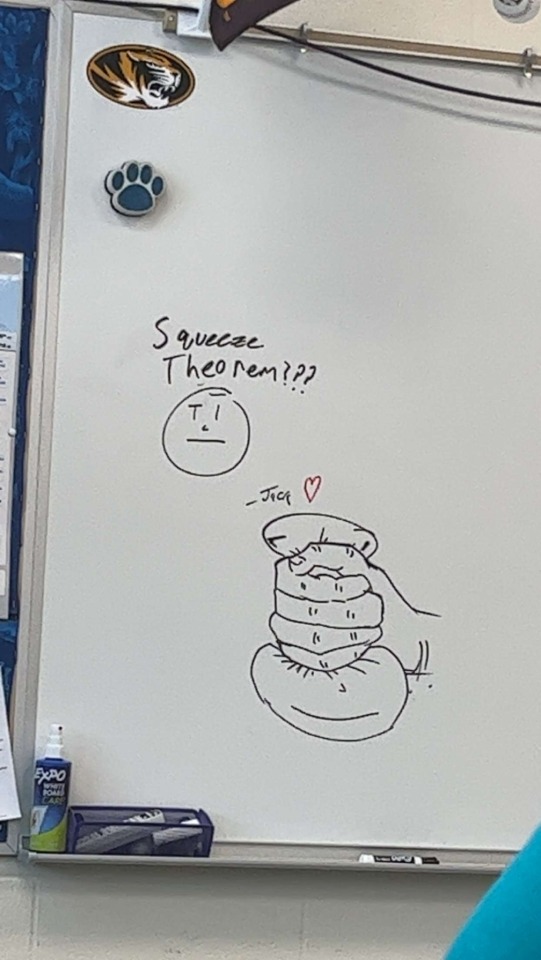
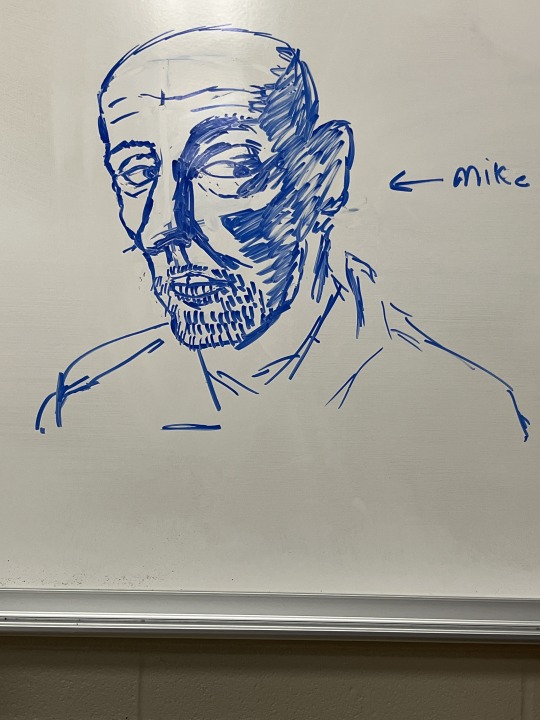
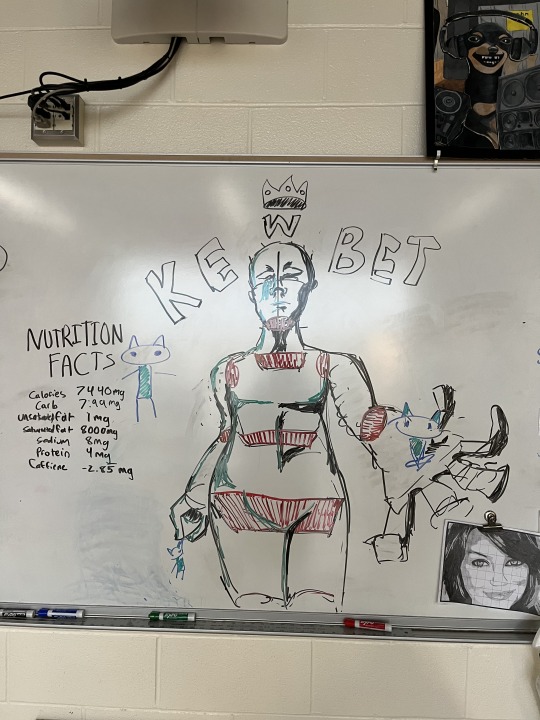

kewbet
#white board#art#illustration#original art#fanart#breaking bad#mike ehrmantraut#walter white#house md#greg house#calculus#calculus ab#ap calculus#school#biochemistry#stem#anatomy#anatomy and physiology
66 notes
·
View notes
Text
Everyone shut up. Look at my beanie baby.

#anatomy and physiology teacher gave all of us a beanie baby to teach us about ~dopamine~#of course i picked the lion
39 notes
·
View notes
Text

Day 1 of 100 days of productivity
°• Read Physiology of vision, hearing and taste
°• Went through Important topics in Upper limb
Lots more to go and uni exams are right around the corner too🥲, but feeling super motivated so far , so thankfully not feeling the revision-time blues yet
Days left for Model Exams : 5
73 notes
·
View notes
Text
Exploring the Intricacies of the Respiratory System 🫁💨
Welcome to my Tumblr blog, where we embark on an exciting journey through the intricate world of human anatomy and physiology. Today, we're focusing our lens on the respiratory system – a wondrous network of organs and tissues that orchestrates the exchange of gases essential for our survival. So, fasten your seatbelts as we venture into the fascinating realm of respiration!
Anatomy of the Respiratory System: A Symphony of Structures
At its core, the respiratory system consists of a highly organized ensemble of organs and structures working together seamlessly. This symphony of components includes the nose, pharynx, larynx, trachea, bronchi, and, of course, the lungs. Each of these elements has a crucial role to play in the intricate process of breathing, ensuring our bodies receive a constant supply of life-sustaining oxygen while effectively eliminating carbon dioxide.
The Alveoli: Tiny Powerhouses of Gas Exchange
Now, let's zoom in on the alveoli, the star players in the respiratory system's performance. These microscopic air sacs, nestled deep within the lungs, are where the real magic happens. Through the process of diffusion, oxygen from inhaled air enters the bloodstream, while carbon dioxide, a waste product of metabolism, is expelled from the blood into the alveoli to be exhaled. It's here, at this cellular level, that the respiratory system's vital exchange takes place.
Breathing Mechanics: The Art of Inhalation and Exhalation
But how does it all come together? Breathing, a seemingly simple act, is a complex process guided by the contraction and relaxation of specialized muscles, primarily the diaphragm and intercostal muscles. These muscular movements manipulate the volume of the thoracic cavity, creating changes in pressure that facilitate the flow of air in and out of the lungs. Understanding the mechanics of breathing is fundamental to comprehending various respiratory disorders and their potential treatments.
Regulation of Respiration: A Symphony Conducted by the Brain
The respiratory system doesn't operate in isolation; it's under the watchful eye of our central nervous system. The medulla and pons, two regions of the brainstem, serve as the conductors in this symphony of breath. They continuously monitor factors like blood pH, carbon dioxide levels, and oxygen levels, adjusting our breathing rate and depth to maintain the delicate balance required for optimal body function.
Recommended Resources to Dive Deeper:
Book: "Principles of Anatomy and Physiology" by Gerard J. Tortora and Bryan H. Derrickson - This comprehensive textbook provides an in-depth exploration of the respiratory system, complete with detailed illustrations and accessible explanations for all levels of learners.
Article: "The Physiology of Respiration" by Stephen A. Ernst and John R. Helliwell - Published in the New England Journal of Medicine, this scholarly article offers an authoritative look into the physiological mechanisms of respiration, making it a valuable reference for those seeking in-depth knowledge.
Book: "Respiratory Physiology: The Essentials" by John B. West - For a concise yet informative journey through the key concepts of respiratory physiology, this book is an excellent resource, perfect for those looking to grasp the essentials of the subject quickly.
I hope this extended entry has sparked your curiosity about the intricate workings of the respiratory system. Feel free to reach out if you have any questions or if you'd like to explore another captivating topic in the realm of medicine and biology! 🌬📚
Here is my YouTube channel where you will find interesting videos, here is the anatomy and physiology of the respiratory system
Don’t forget to like, share and subscribe
youtube
#respiratory system#anatomy#human anatomy#physiology#teaching#science#biology#college#education#school#student#medicine#doctors#health#healthcare#nursing#nurselife#nurse#Youtube
74 notes
·
View notes
Text
White Blood Cells
Neutrophil
-- lifespan of 7 hours
-- immune defenses
Eosinophil
-- lifespan of 8 to 12 days
-- defense against parasites
Basophil
-- lifespan of a few hours to a few days
-- inflammatory response
Monocytes
-- lifespan of 3 days
-- immune surveillance
B-lymphocyte
-- may live for many years
-- antibody production
T-lymphocyte
-- may live for many years
-- cellular immune response
#medblr#studyblr#notes#my notes#medical notes#med notes#medblr notes#anatomy and physiology#anatomy#physiology#anatomy notes#physiology notes#biology#biology notes#immune system#immune system notes
81 notes
·
View notes